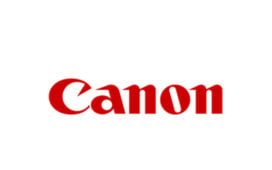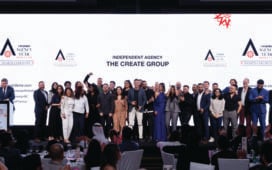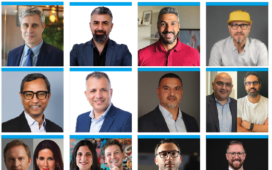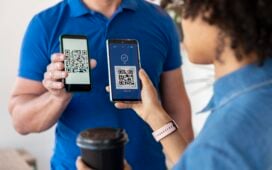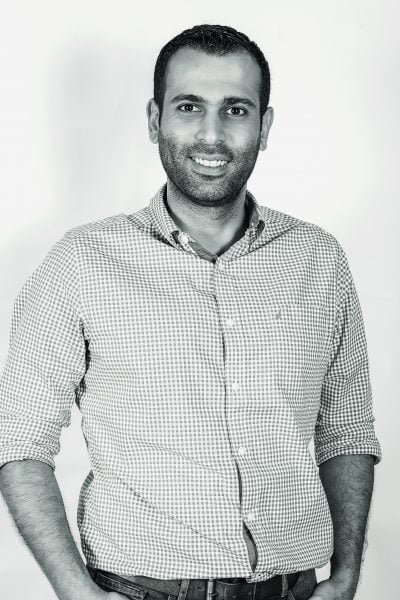 There is no doubt the pandemic has cleared the way for some advertising mediums to fade out while fast-tracking the adoption of others. However, some media, such as OOH, will be able to make a recovery and heal over time.
There is no doubt the pandemic has cleared the way for some advertising mediums to fade out while fast-tracking the adoption of others. However, some media, such as OOH, will be able to make a recovery and heal over time.
The concept of rush hours has virtually disappeared in major cities across the region, leading to advertisers pulling back their spends on OOH, as the public will find it difficult to discover new brands while being locked away with extremely restricted movement.
Advertisers had to change their brand campaigns directly due to the pandemic, giving encouragement and supporting frightened customers, knowing that these consumers will make a big comeback once they are again allowed freely to join the outdoors.
OOH is a medium that is linked directly to human activity and movement. During the lockdown, the movement of people went down by almost 70 per cent for three months. Till now, it has still not properly recovered. OOH has been proven to help advertisers deliver impact on their business by at least 20 per cent over other media in terms of reach and effectiveness.
Being the oldest form of advertising and constantly changing, we can see the evolution post-lockdown, as several major vendors have taken this time to finalise new locations, develop their inventory and introduce new technologies that will help advertisers measure traffic, be more specific in targeting and even (for the
first time) be able to segment cities and locations based on population size and interactions with messages.
There is no denial that the pandemic has changed us, but this change also brings new opportunities and technological innovation, leading to a transformation that has been planned for a long time and accelerated by the pandemic.
Four major things are being adopted by advertisers, helping them spread their message and address people’s minds and thoughts:
- Considering OOH as a way to communicate with consumers: Not only scaffolds and mega screens are considered as OOH, but brands are also tapping into community boards, supermarkets, paths, gyms and everything that can deliver a message to a crowd out of their homes.
- Geotargeting is a way to customise messages and offers to advertise a relevant offer knowing that people can convert close to the point of purchase.
- Creative innovation: Advertisers have realised that they need to act more creatively and deliver various messages with different frequency and even seasonality, also understanding the mood of their consumers.
- Adoption of new technologies: OOH is a multidimensional medium, and advertisers have developed an understanding that innovation and the new technologies will only help them move it.
All the forecasts for the region show a recovery in the spends on the OOH vertical. Digital OOH will lead the charge to get brands back on the streets, quickly and effectively leading the way to recovery, but still some aspects of OOH will struggle to come back, such as public transport, events and even sports activities. Roadside locations and retail environments may prove effective.
Historically OOH has been used by global brands, local brands and neighbourhood businesses. It can enhance a brand on other media or stand-alone. It is immune to adblocking, isn’t subject to brand safety issues and, because people are spending time away from home, it becomes more effective while it continues to grow organically.
Using live content on DOOH may improve branding and provide more authentic interaction. A study by YouGov found that 49 per cent of 18-24-year-olds are interested in seeing more live content on DOOH advertising screens.
Recent innovations in markets such as Saudi Arabia have introduced sophisticated digital billboards using automated systems to update ads in real-time based on a stream of data from nearby cell phones, which is then combined with personal information about those passers-by obtained from data brokers. This new enhancement will add more value to the market and allow a proper segmentation of OOH areas and the ability to send specific marketing messages, but without alarming the public. The last thing needed now is for advertisers to creep-out or offend their consumers.
Lastly, we as media agencies and planners should work closely with media vendors and our clients to build up and map the markets for seamless planning and enhanced message delivery that will add value to clients and allow us to start building up a map of the audience at last for OOH media.

